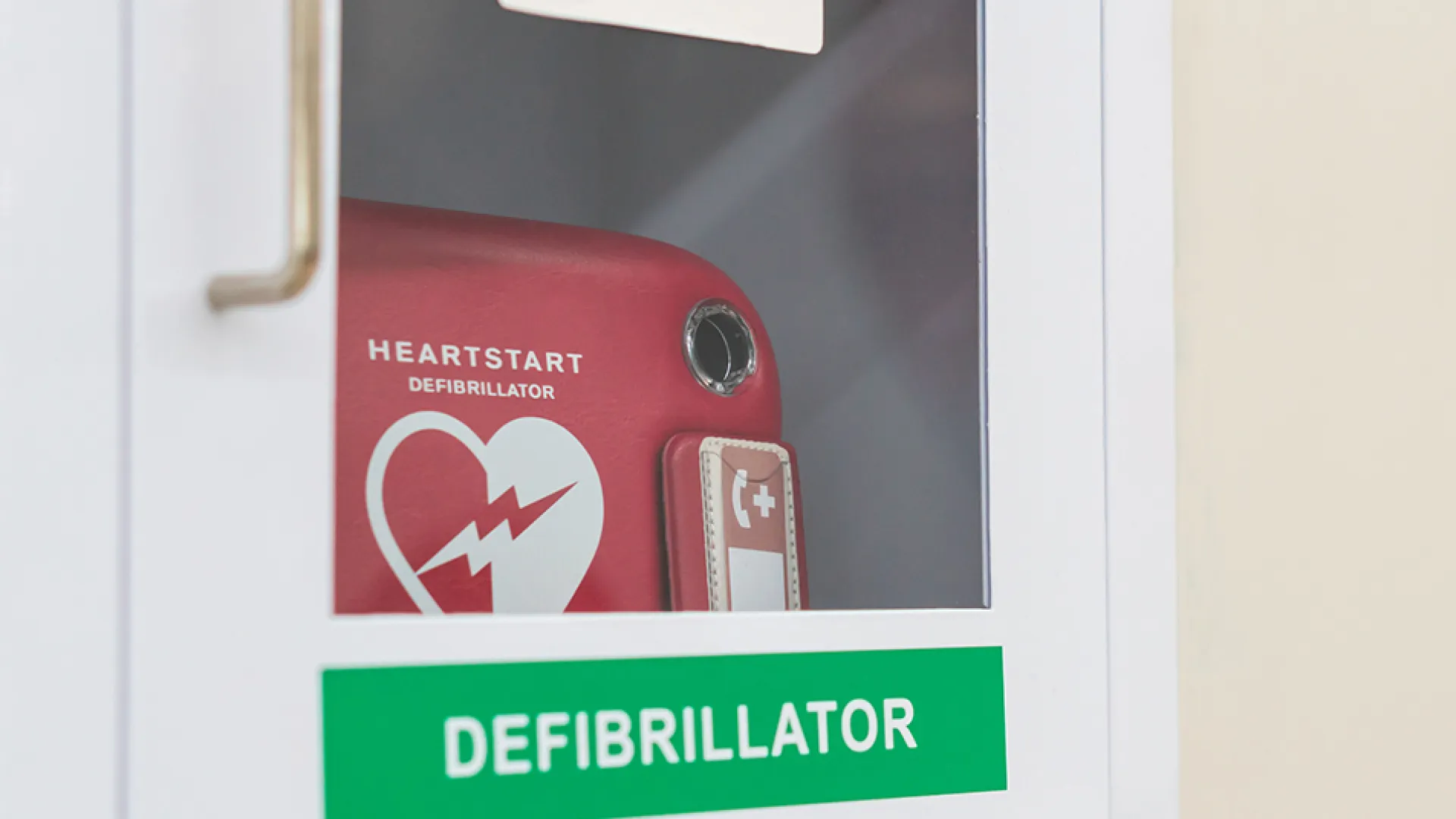
What Is The Price of an AED?
Why You Should Invest In An AED
Investing in an Automated External Defibrillator (AED) is a crucial step towards enhancing the safety and preparedness of any environment, whether at home, in the office, or in public spaces. At AED Safety, we aim to provide comprehensive information to help you make informed decisions about AED purchases. Let's delve into the total cost of an AED, considering various factors and additional expenses to keep in mind.
Initial Purchase Cost of an AED
The price of a new AED can range significantly based on features and intended use. Typically, AEDs cost between $1,400 and $3,000. While this may seem steep, it's important to remember that AEDs are life-saving devices. According to the American Heart Association, more than 350,000 out-of-hospital cardiac arrests occur annually in the U.S. AEDs play a critical role in improving survival rates by diagnosing and treating life-threatening heart rhythms.
Factors Affecting AED Prices
- Device Features: Advanced features such as real-time CPR feedback, automatic shock delivery, and connectivity for remote monitoring can increase the price.
- Intended Use: Professional-grade AEDs designed for use by medical personnel or in high-risk environments tend to be more expensive than those intended for public access or home use.
- Brand and Model: Different aed brands and models offer varying features, warranties, and reliability, which can affect the price.
Additional Costs to Consider
Beyond the initial purchase, there are other costs associated with owning and maintaining an AED:
Maintenance and Accessories
- Pads and Batteries: AED pads and batteries need regular replacement. Adult pads typically last 2-5 years, while batteries can last 2-4 years depending on the model.
- Pediatric Pads: If the AED may be used on children, pediatric pads or an AED with pediatric settings will be necessary.
- Warranty Extensions and Service Plans: Some manufacturers offer extended warranties and service plans to cover regular maintenance and replacement parts.
Training and Compliance
- Training: Ensuring that family members, employees, or bystanders know how to use an AED effectively is crucial. CPR and AED training courses are highly recommended. At AED Safety, we offer comprehensive training programs to build confidence and competence.
- Compliance Management: Regular checks and maintenance are essential to ensure the AED is always ready for use. Compliance management programs like LifeShield can help manage these tasks efficiently.
Other Considerations
- Additional Equipment: Consider investing in Stop the Bleed Kits, first aid supplies, and other emergency response equipment to complement your AED.
- Regulatory Requirements: Depending on your location and the intended use of the AED, you may need to comply with regulatory requirements, such as registration, signage, and regular maintenance.
Importance of AEDs in Public and Private Spaces
AEDs are invaluable in emergencies, offering automated diagnosis and treatment of cardiac arrest with minimal user intervention. The U.S. Department of Health and Human Services recommends AEDs for federal agencies, public entities, and large businesses. Additionally, the FDA approved the Philips HeartStart OnSite for home use in 2004, highlighting the importance of having AEDs readily available in various settings.
How AEDs Work
AEDs provide clear audio and visual instructions to guide untrained bystanders through the process of assisting someone in cardiac arrest. Some AEDs will advise when to administer a shock, while others will automatically deliver a shock if necessary. Many models also offer step-by-step CPR instructions and real-time feedback, ensuring the highest chance of survival.
FAQs
Q What is the average cost of an AED?
Depending on the features and intended use, AEDs typically range from $1,400 to $3,000.
Q What additional costs should I expect after purchasing an AED?
Expect costs for replacement pads and batteries, pediatric pads, training, and compliance management. Extended warranties and service plans may also incur additional expenses.
Q Can an AED be used on children and infants?
Q Why is CPR and AED training important?
Training ensures that users can operate the AED confidently and effectively, increasing the chances of survival in a cardiac emergency.
We did not find your search. Please try another entry.
